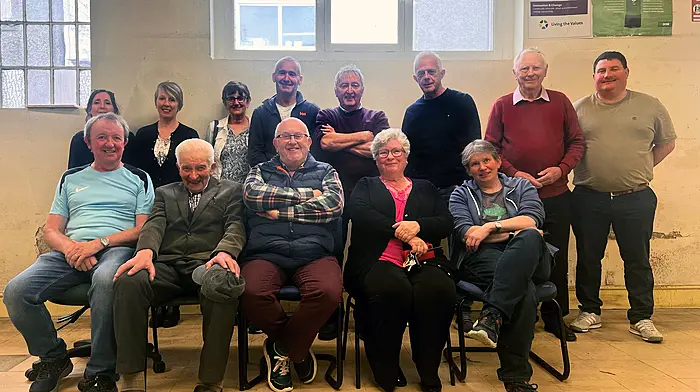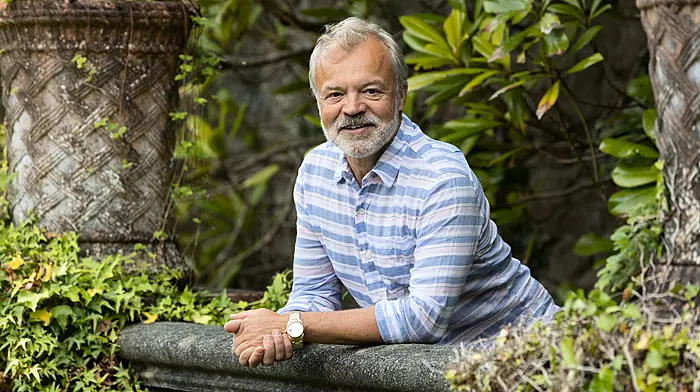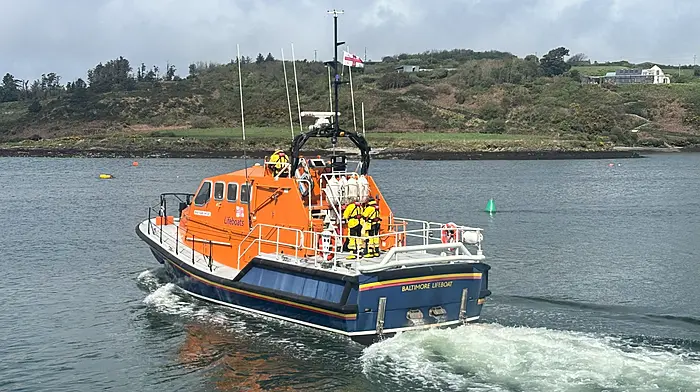What is the Working Family Payment?
Working Family Payment (WFP) is a weekly tax-free payment for employees with children. It supports people who are on low pay. You must be an employee to get WFP. You cannot get it if you are self-employed only. You must have at least one child who normally lives with you or who you support financially. Your child must be under 18 (or between 18 and 22 if they are in full-time day education).
What are the qualifying conditions for WFP?
To qualify for WFP you must meet the following conditions:
• Work 38 or more hours per fortnight (in any combination of hours). You can combine your weekly hours with your spouse, civil partner or cohabitant’s hours to meet this condition. You cannot use time spent in self-employment (or on Community Employment, Tús, JobBridge or the Rural Social Scheme) to meet this condition.
• Your job is likely to last at least three months
• You have at least one child who normally lives with you
• You earn less than the WFP income limit set for your family size
What are the current income limits to qualify for WFP?
The DSP will assess your household income in a means test. It compares your total income to the WFP income limit for your family size. If you earn less than the WFP income limit, you may get WFP. Your WFP will be 60% of the difference between the WFP income limit for your family size and your assessable income. The weekly income limits increased from 5th January 2023. Some examples are if you have one child and your weekly family income is less than €591; two kids, €692; three, €794; four, €884.
If I am employed for 38 hours a fortnight and my spouse/partner is self-employed, can I apply for WFP?
Yes, you can apply provided you are an employee. If your spouse, civil partner or cohabitant is self-employed, his or her income over the 12-month period before you apply is used to work out his or her average weekly income.
If I claimed WFP would it affect my medical card entitlement?
No. WFP is not taken into account in the means test for a medical card.
Are there any other family supports available?
If you are getting WFP, you may also be entitled to the Back to School Clothing and Footwear Allowance
How long will I receive WFP?
WFP is paid for one year (52 weeks) as long as you meet the conditions. It does not change if your earnings from work go up or down during that year. After 52 weeks, you can apply again for WFP.
Can I keep my WFP if I am on maternity Leave?
When you are on maternity leave, adoptive leave, paternity leave or parent’s leave you are entitled to be treated in the same way as when you are at work. This means that you can claim WFP if you meet the conditions of the WFP and already have a child. A pregnant woman who has no other children does not qualify for WFP until the birth of the baby.
You cannot continue to claim WFP if you take additional unpaid maternity leave or adoptive leave, or if you lose your job after returning to work, or if you give up your job.
What happens to my WFP if I change jobs?
If you move to a new job, your current entitlement to WFP will end and you must tell the WFP section of the Department of Social Protection. You can apply again for WFP for your new job.
What happens to my WFP if my hours are reduced or I lose my job?
If the number of hours you work each week falls to under 38 hours a fortnight, you are no longer entitled to WFP. If you lose your job, you are no longer entitled to WFP. In both situations, you must tell the WFP section of the Department of Social Protection about the change in your circumstances.
How do I apply for WFP?
You can apply for the Working Family Payment online at MyWelfare.ie if you have a MyGovID verified account. Alternatively you can complete a paper application from which you can get from your local social welfare office or Citizens Information Centre. To make sure that your application for WFP is processed as quickly as possible, you should send your most recent payslips with your application form.








